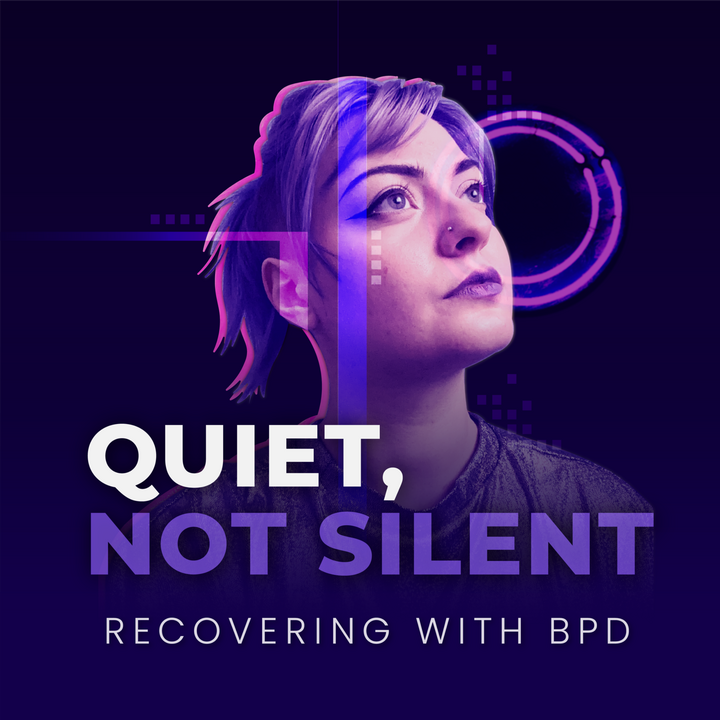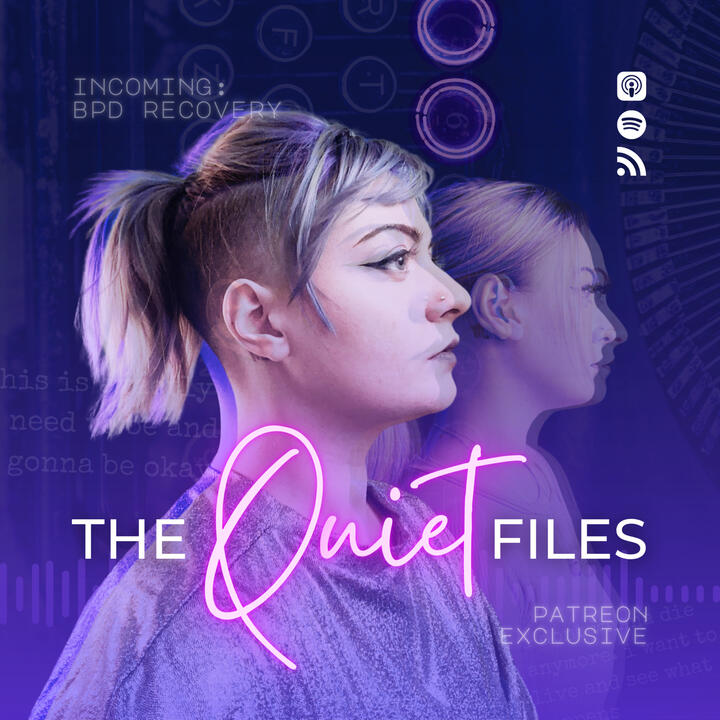
avery, the quiet
content creator, BPD advocate
📞 your recovery journey is calling... ⬇️
Quiet BPD Patreon
for more recovery content
The Quiet BPD Keep
join the community
Send a Message
I'd love to hear from you
Send a Tip
to support my content
here are some recovery resources:
FREE Online Support Group
BPD Society of BC
Suicide Prevention
make a safety plan
What is Quiet BPD?
BPD Bravery Podcast
DBT Skills Courses
virtual, 6-week modules
Hi, I’m Avery.
I live with quiet subtype BPD.
I was diagnosed with Borderline Personality Disorder in 2019 after the weight of my mental health struggles had me collapse into stress-induced psychosis.18 months later, I was diagnosed with PTSD after facing months of domestic violence during the lockdowns.Since 2021, I’ve been sharing my experiences with others and aiming to be the person I needed when I was first diagnosed.Your recovery journey begins with a single step.
You got this.xx atq
What is Quiet BPD?
Quiet BPD refers to Dr. Theodore Millon’s Subtypes of BPD, in which someone with BPD may not display BPD symptoms in an overt or external manner. They typically experience significant inner turmoil that they keep hidden, or quiet, from others.People with Quiet BPD may have intense feelings of emotional instability, impulsivity, fear of abandonment, and difficulty with interpersonal relationships, but they often do not display these symptoms outwardly.Quiet BPD is not an official diagnostic category in the DSM-5, and the term is not recognized by all mental health professionals. However, the subtypes are a concept that people use to describe their experiences with BPD.
How do I know if I have Quiet BPD?
That’s the thing - it’s very hard to tell. There are so many other disorders and struggles that can present very similarly.
Here are some things I struggle with as someone with Quiet BPD:
suppressing or denying feelings of anger
withdrawing when upset
cutting people off, secretly resenting people
lots of internalized guilt and shame
very quick to take things personally
people-pleasing to the point of burnout
disorganized attachment style
can be needy and dependent
engaging in covert forms of self harm
chronically dissociative, numb, empty
To hear more about my experiences, check out my podcast: Quiet, Not Silent.




